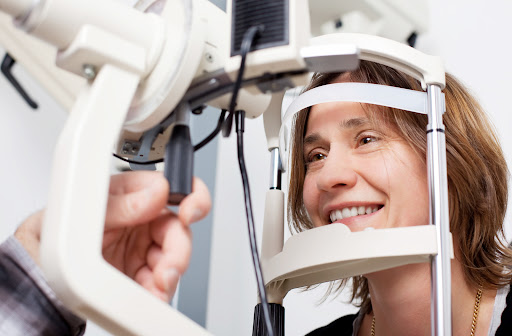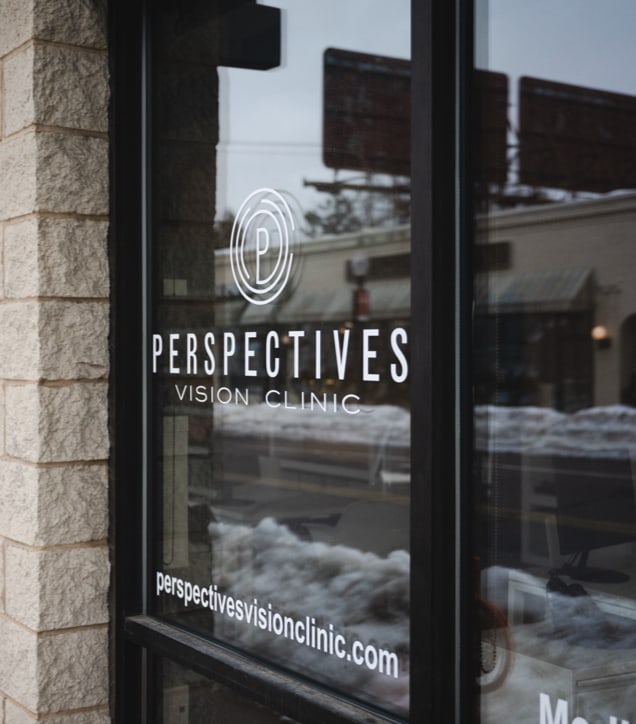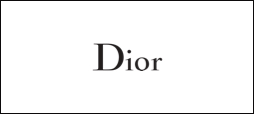It’s easy to assume that you don’t need an eye exam if you can see well, but you never know what’s happening under the surface. Regular eye exams can help your optometrist identify early symptoms of eye disease, helping protect your vision. If everyone needs regular eye exams, how often should adults get one?
Continue reading to learn more about eye exams, including what happens during them, why they’re important, and how often adults should have one.
What Happens During an Eye Exam?
Many people assume that an eye exam is similar to a vision screening. The tests your eye doctor performs during this exam do more than determine how well you can see.
Your optometrist conducts several tests during your eye exam to get a complete picture of your eye health and vision. Some of these tests include:
- Patient history: An eye exam begins with a discussion about your medical history, including previous eye or health conditions, medications you take, your work & day-to-day lifestyle, & your family history
- Visual acuity: Testing your visual acuity reveals how well you can see—this test typically involves you reading a sequence of letters off of an eye chart
- Preliminary tests: Preliminary testing can involve several tests to get an initial impression of your eye health & vision, including depth perception, color vision, eye muscle movements, & how your pupils respond to light
- Eye pressure measurements: Many but not all forms of glaucoma can increase your intraocular pressure (IOP), so testing this pressure is an essential part of every exam
- Eye health evaluation: Examining your eye health is necessary to identify early signs of eye disease—your eye doctor will use a variety of microscopes, lenses, & digital technology to look at the structures of your eye
Regular eye exams are essential for helping prevent damage to your vision and eye health. An early diagnosis can help your optometrist begin treatment sooner. How often should adults get an eye exam?
How Often Should Adults Get an Eye Exam?
Eye exam frequency can vary from person to person, but an annual exam is the best way to help protect your eye health and vision. Your eye doctor can help track any changes to your vision and catch early signs of eye disease. Having a family history of ocular disease, high refractive errors, or another health condition may require you to have more frequent exams.
Everyone’s health situation is unique, so always listen to your optometrist’s advice on how frequent your eye exams should be.
The Importance of Eye Exams
A comprehensive eye exam is essential for protecting your eye health and vision. Even if you have no problems with how well you can see, you may have an underlying issue. Many eye diseases can develop with little to no symptoms until your vision is affected.
Regular eye exams allow your eye doctor to detect and track small changes in your ocular health. An early diagnosis means sooner treatment, increasing your recovery chances, and preventing unnecessary damage to your eye health and vision.
Some common eye conditions adults experience includes refractive errors, glaucoma, age-related macular degeneration, and cataracts.
Refractive Errors
Refractive errors affect your everyday vision, causing blurry vision from different distances. Someone may have myopia, hyperopia, or astigmatism. While these vision problems typically develop in childhood, presbyopia is common in adults over 40.
Presbyopia is the gradual loss of your eye’s ability to focus when looking at something nearby. This condition worsens with time, making it harder to read or complete other tasks. An eye exam can help your optometrist diagnose this condition.
The symptoms of presbyopia include:
- The tendency to hold reading material further away to make images clearer
- Blurry vision at normal reading distance
- Eye strain or headaches after reading or other close-up tasks
Glaucoma
Glaucoma is a group of eye diseases that damage the optic nerve. This disease can lead to irreversible vision loss if left untreated. Glaucoma can develop with no visible symptoms until your vision is affected, making regular eye exams essential for catching this disease before it causes damage.
Common forms of glaucoma include:
Age-Related Macular Degeneration
Age-related macular degeneration (AMD) is a progressive eye disease that decays the macula, the part of the eye responsible for your central vision. This disease causes the thinning of the macula, gradually impairing your central vision and leaving your peripheral (side) vision unaffected.
There are 2 forms of AMD, wet and dry.
Cataracts
A cataract is the clouding of the eye’s lens, typically caused by age. This condition gradually worsens with time, affecting your ability to see, read, drive, or read the expression on someone’s face. Cataracts can eventually lead to severe vision loss, requiring cataract surgery to restore vision.

Is It Time for an Eye Exam?
The importance of regular eye exams cannot be understated. They play an important role in protecting your eye health, allowing your optometrist to identify early signs of eye disease. Remember to schedule eye exams based on your eye doctor’s recommendations or an annual basis. Contact your optometrist if it’s time for an eye exam.










